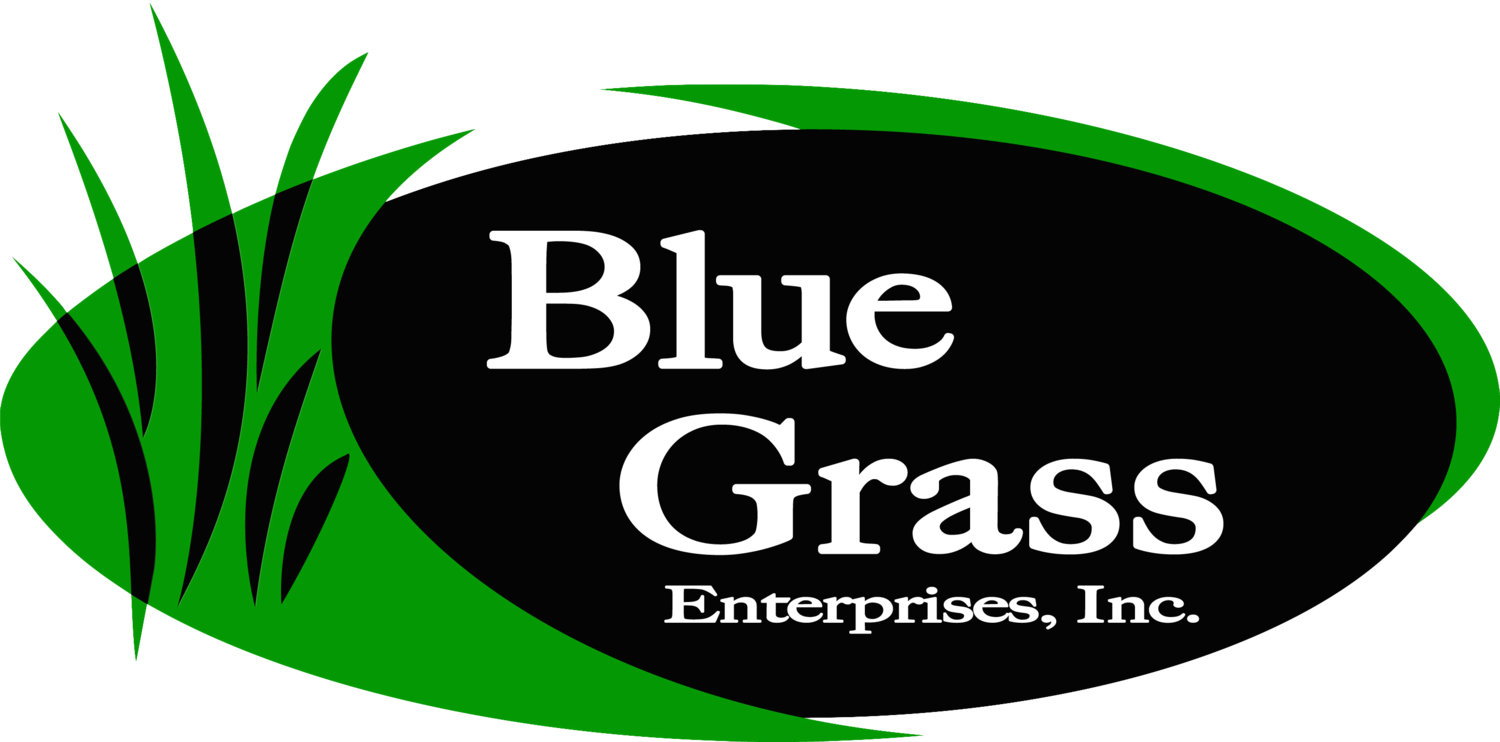Blue Grass mows best
Turfgrass is only turfgrass because it is mowed. With over 10,000 species of grasses in the world, only about 30-40 of them form dense turf when mowed. These species, which evolved under grazing from animals, create the fabric that is found in many urban landscapes, holding disturbed soils in place, capturing storm flow and rainwater, cooling our homes, creating fresh oxygen, and providing a safe place for kids and athletes to play. Mowing mature lawns seems simple - but there are many little things you can do to help improve the health of your lawn, the environment, and the quality of your soil with your mower!
Blue Grass Pro Tips:
Make sure your lawn is dry enough by walking around and not leaving tracks. Mowing when the lawn is wet will result in a clumpy clipping mess, which can smother the grass beneath.
Mow your lawn often enough that you are never removing more than 1/3 of the growth at a time.
We recommend mowing your lawn to a height of 3.5 to 4 inches. Mowing shorter than this is fine for the cultivars we grow, but you will need to increase waterings to help prevent the grass from stressing. Letting the grass get taller than 4” will increase weed pressure and the possibility of disease outbreaks in your lawn.
Do not mow in times of extreme heat or drought. It is better to let the lawn get long than to stress it out with further dehydration by mowing it in extreme conditions.
Leave grass clippings on the lawn. Clippings add moisture and nutrients back into the soil as they decompose. Over time, the microbial activity in your soil will turn those clippings into more organic matter in your soil, which will improve your soil’s ability to hold moisture and nutrients, as well as weather droughts and other stressors.
Vary the direction you mow to improve your turf's grain. This practice also helps to cut down on compaction from your mower that builds up over the season.
Keep your mower blades sharp to cut the grass cleanly. Sharp blades reduce the stress on the plant and help avoid excessive moisture loss. Dull blades tear the blades which results in more moisture loss and more stress on the plant.
Have your mower serviced regularly so it is running as cleanly and efficiently as possible
This photo was provided by Dr. Quincey Law of Iowa State University. All of these plots identical feeding strategies. As you can see, the higher the mowing height, the less crabgrass pressure affected the plots.
You should sharpen your mower blade at least twice a year. Here’s how:
Disconnect the spark plug or unplug the mower. Then turn the mower over and remove the nut that attaches the blade to the motor. Remove the blade.
File the blade: Stabilize the blade in a vise and use a medium file to smooth out imperfections along the blade edge (at the ends of mulching blades). Don't try to hone a sharp edge. Be sure to wear safety glasses and gloves!
Check for balance: After you smooth the cutting edge on both halves of the blade, check to see if the blade is balanced. If not, remove more metal from one of the halves until the blade does balance.
Reassemble the mower: Be sure you put the blades back on correctly and tighten the nuts securely
Mowing new sod
For more information on mowing unestablished lawns, click here.
While not a photo of grass clippings, this image is a great example of how leaf material (like grass clippings) break down to generate additional organic matter in soils






